It’s been two weeks since we released TOKYO JUNGLE and we‘re thrilled with the comments we’ve received from players. Thanks to everyone who is enjoying the game!
Today, we are releasing four additional animal characters (Crocodile, Giraffe, Kangaroo, Panda) and giving away more costumes, so please be sure to check out PlayStation Store this afternoon.
In other news, we’ve received many questions about TOKYO JUNGLE’s premise and gameplay, so we asked Game Director Yohei Kataoka from Crispy’s and Producer Masaaki Yamagiwa from Japan Studio to elaborate on the game’s concept and inception.
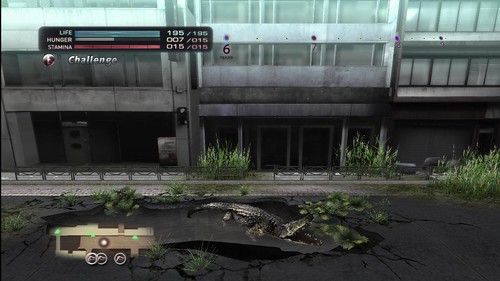
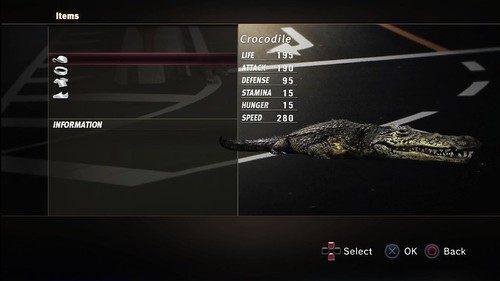
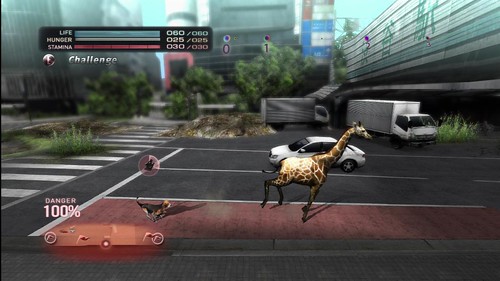
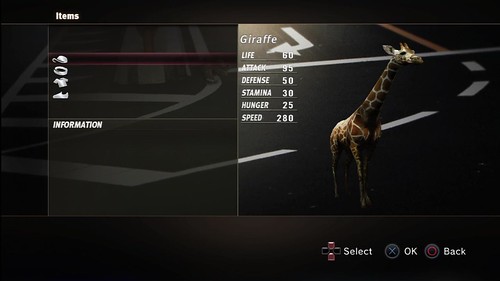
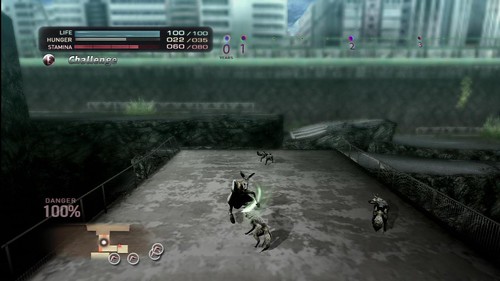
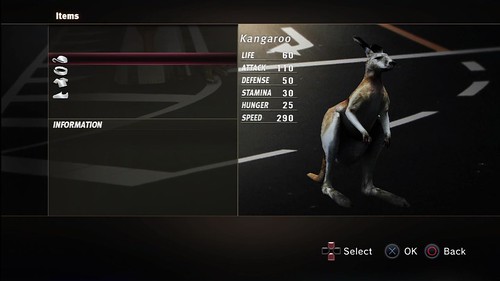
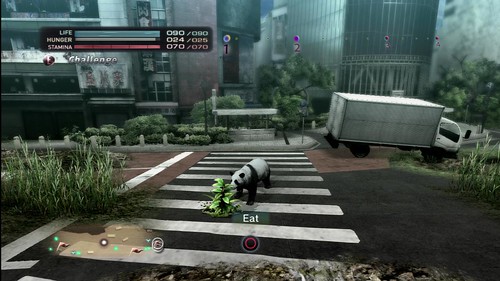
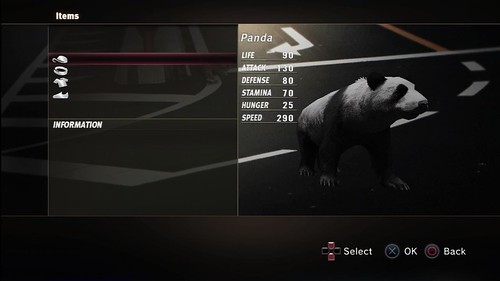
Dais Kawaguchi, Assistant Producer: Can you please explain how you came up with the idea for TOKYO JUNGLE?
Yohei Kataoka, Game Director: The business philosophy for “Crispy’s Corporation,” the studio I established, is to “develop a new product that nobody has ever seen before.”
However, just because it’s new doesn’t mean it will be well received. When I was struggling to figure out how to create something that’s innovative and compelling, I came across an article of famous singer-songwriters in Japan and how they conceive their inspirations when creating lyrics. The method was to first come up with the “nouns” and “adjectives” separately, and then combining them later to create the song titles and lyrics.
For example, you have an adjective, “long,” and a noun, “cat.” Everybody is familiar with each of these words, but when you combine them, you will get, “Long Cat,” which is strange but catchy. When I read that article, I had a theory. If we combine a “common theme” and another “common theme,” would it become something unique and catchy? That’s how it came about.
Just making something new will not sell. I believed that in order to successfully sell a new title, we need to present something new, and something that everybody likes (something catchy). So, we came up with the following combinations: “Animals,” which are in common existence and something that most people like.
Plus, “a city where humans have disappeared,” a popular science fiction theme.
By combining these two themes, we believed that we could create an innovative and universally appealing new game IP.
DK: TOKYO JUNGLE is so unique. What was the most entertaining part about making the game?
YK: The background images are made by processing photo images, and the photo shooting was quite a handful. If there were people in the photo images, we needed to edit them out, so we chose to shoot at dawn when there aren’t any people.
We took the photos by standing on top of the center divider, in the middle of the street, taking side steps as we took photos, one shot per step… we looked like complete psychopaths out there (lol). We took over 500 shots, per photo session and ended up with tens of thousands of pictures.
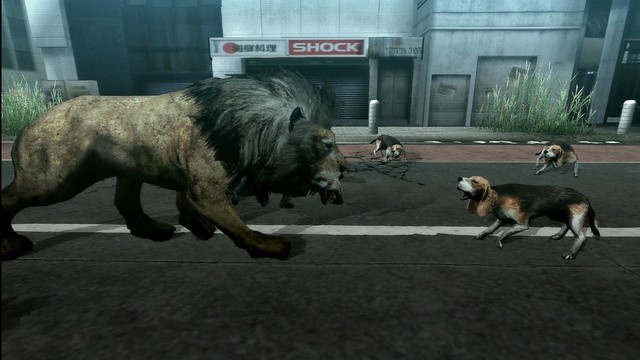
DK: Are you nervous about the reaction over in the United States? Do you think the game will translate here?
Masaaki Yamagiwa, Producer: When we saw the smile on everyone’s face when we showcased TOKYO JUNGLE at E3 and Gamescom, we were convinced that it will be accepted overseas as well. Please enjoy TOKYO JUNGLE, a game where we strived to embrace Japanese uniqueness.
How many playable animal characters are there as in the U.S. version? Will you have the same downloadable animal feature?
MY: There will be 52 types of characters available and yes, all the animals available in the Japanese version will be available in the US version.
Are there any animals that you wish you could have included in the game?
YK: I wanted to have a T-Rex because I love monster movies like Godzilla. Our prototype actually had a stage where a T-Rex crashes through the freeway and chases animals.
I know this is a silly question, but if you were an animal in the game which one would you be?
YK: I think it’s important not to get hunted, so a hippopotamus (LOL). In real life and in game, hippos are very strong, so be careful!
MY: Baby chick… because when we announced TOKYO JUNGLE in Japan, the Baby Chick was just as popular as the Pomeranian. (LOL)
